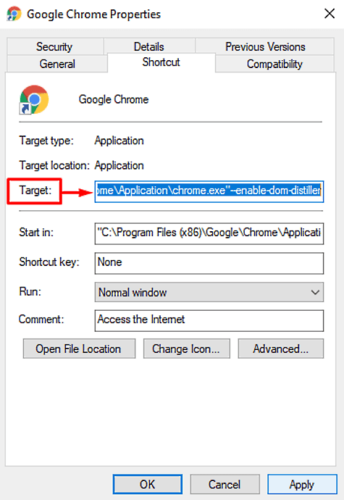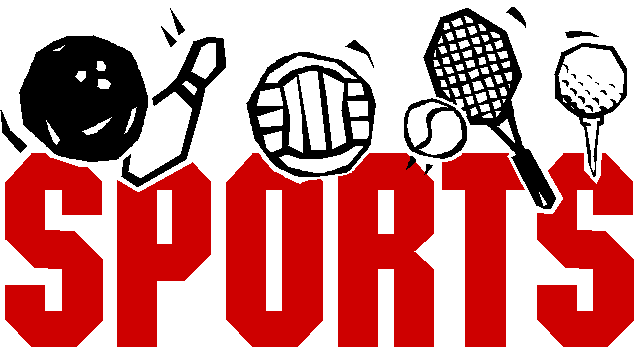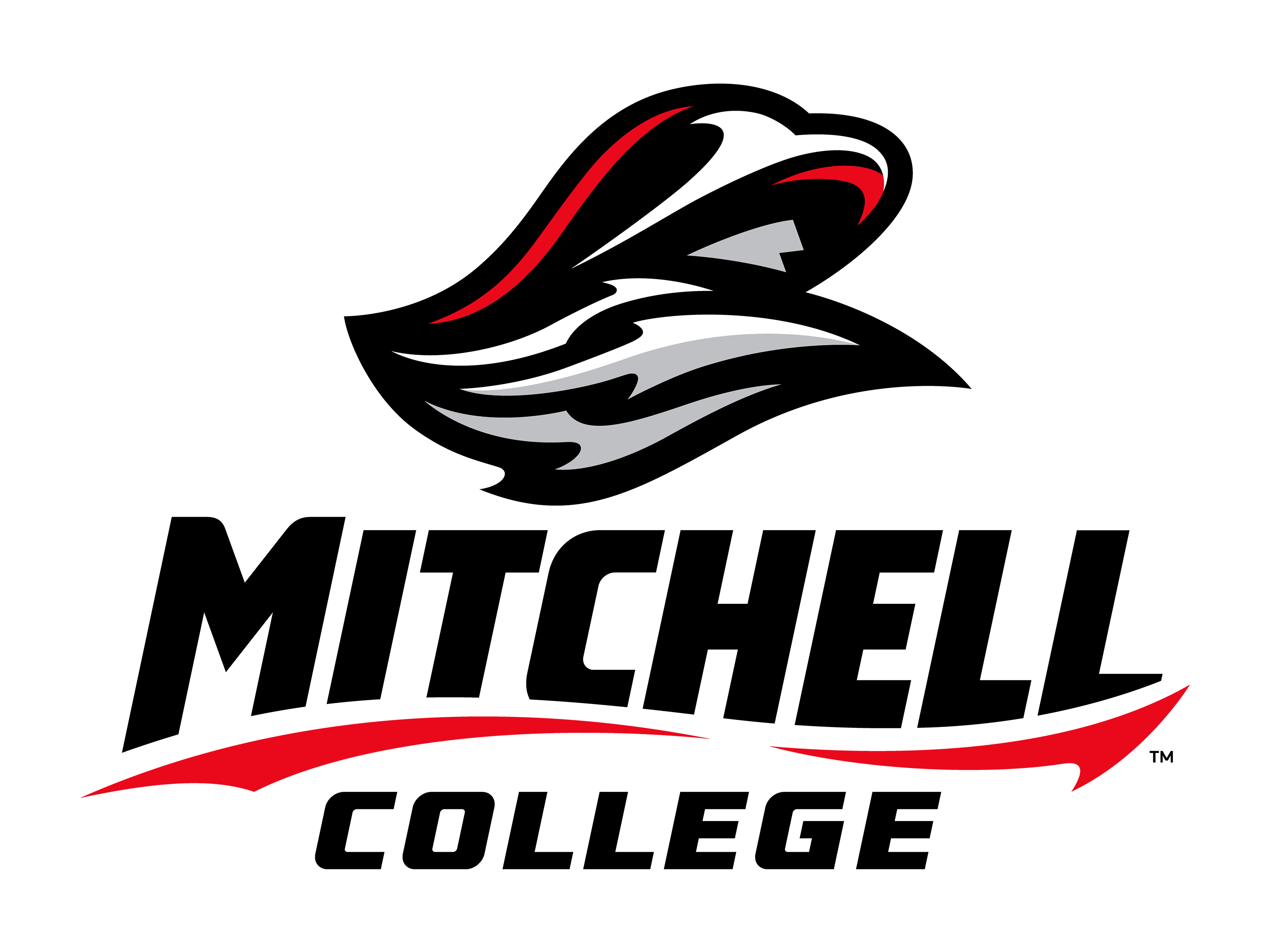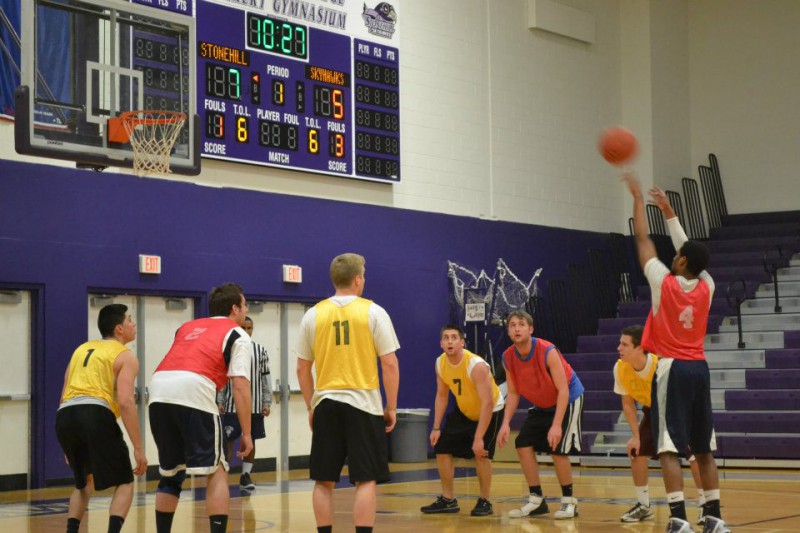Is the portion of the taskbar that displays icons for system and program features that don't have any presence on the desktop as nicely as the time and the amount icon. It accommodates mainly icons that present status data, although some applications, similar to Winamp, use it for minimized windows. The clock appears right here, and applications can put icons in the notification area to point the standing of an operation or to notify the consumer about an event. Raymond Chen suggests the confusion originated with systray.exe, a small software that managed some icons inside the notification space in Windows ninety five. The notification space can be known as the standing area by Microsoft.In older versions of Windows the notification space icons were restricted to sixteen colours. Windows Me added support for prime shade notification area icons. There's another difficult taskbar bug I have not been in a position to determine out. I store my imporant information on a NAS system, and I don't map it to a community drive. I simply use the complete UNC path, such as \\nasdevice\share1\files\etc. I initially pinned several separate shortcuts to the windows explorer bounce listing, \\nas\docs, \\nas\setups, and so on. They'll all change to the same thing, like \\nas\someshare. And you possibly can't remove them from the leap list, no matter what number of instances you hit unpin. Classic Mac OS did not show a taskbar onscreen by default. Application switching previous to Mac OS 8.5 was done by clicking on an utility's window or through a pull-down menu on the right end of the menu bar.
Prior to model 8.5 the menu's title was the icon of the foreground software. Version eight.5 introduced the power to optionally additionally display the appliance name and to "tear off" the menu by dragging the title with the mouse. The torn off menu was displayed as a palette. The palette window could be configured using AppleScript to appear very comparable to a taskbar, with no title bar and fixed to at least one fringe of the display. Third party taskbars similar to DragThing had been a well-liked category of shareware on these systems. Jump lists seem when the user right-clicks on an icon in the taskbar or drags the icon upwards with the mouse left click on. Recent and frequent information and folders may be pinned contained in the bounce listing. The Dock, as featured in macOS and its predecessor NeXTSTEP, is also a type of taskbar. The macOS Dock is application-oriented as an alternative of window-oriented. Each working software is represented by one icon within the Dock regardless of how many windows it has on display. A textual menu could be opened by right-clicking on the dock icon that provides access to an application's windows. Mac OS X 10.2 added the power for an software to add gadgets of its personal to this menu. Minimized windows also appear within the dock, within the rightmost section, represented by a real-time graphical thumbnail of the window's contents. The trash can can also be represented in the Dock, as a universal metaphor for deletion.
For example, dragging chosen textual content to the trash should remove the text from the document and create a clipping file in the trash. Pinning is a method to create shortcuts in the start menu/screen, desktop, and taskbar. This is a really helpful feature for professionals who can access their functions and folders by merely clicking on icons. The specific design and structure of the taskbar varies between individual operating techniques, however typically assumes the form of a strip positioned along one edge of the display screen. On this strip are numerous icons which correspond to the windows open within a program. Clicking these icons enable the consumer to simply swap between programs or windows, with the currently energetic program or window usually appearing differently from the remaining. In more recent versions of operating systems, customers also can "pin" packages or recordsdata in order that they are often accessed rapidly, usually with a single click. Another drawback that may trigger the "cannot pin program to taskbar" downside is when you are making an attempt to pin a program or shortcut on a community location. What you are able to do as a workaround is make a duplicate of the network program to your desktop. Then, with the desktop copy, you possibly can right-click and choose "Pin to taskbar". Next, you need to right-click the pinned program button on your taskbar, once more right-click the shortcut within the jump record and then select "properties". Then, change the "target" and "start-in" entries in order that they level to the network location. Doing so will make the pinned program button work and now it's safe to remove the short-term copy from your desktop. I did a full reinstall of Win XP Pro from the original CD and that introduced back the duty bar, start button, clock every thing besides all programs and Win updates. It's an extended road to rebuild – start with Windows Update so you get the service packs and umpteen other "Critical Updates". The transfer information back from the backup disk and cull the progams and reinstall these. Have to reinstall the printer and any other peripherals that aren't easy plug n play types.
Is there a method to have the config profile for the taskbar/ start menu deploy again if it was already delivered successfully. Some individuals prefer to pin important gadgets to the beginning menu for ease of entry and increased productiveness. However, as it stands, some Windows customers have been going through the frozen taskbar problem because of these pinned items. Therefore, on this step, we might be unpinning some gadgets from the beginning menu and the taskbar and then we'll check to see if doing so fixes the frozen taskbar bug. If that's your scenario, then right-click the Start button; from the shortcut menu, select Properties. GNOME 3.eight introduces Classic Mode, which re-implements certain aspects of GNOME 2's desktop as an alternate desktop surroundings that can be selected at the login display screen. As considered one of its default shortcuts which automatically minimizes all opened applications, redundant with the Winkey-D key combination. On Windows 7, a dedicated Show desktop button was positioned to the proper of the notification area and could not be removed. With the "Peek" option enabled, hovering over the button hides all opened windows to show the desktop (leaving outlines of them on-screen). On Windows 10, the "Show desktop" widget changed but once more, being lowered to a narrow iconless strip on the far right of the taskbar. You can of course additionally pin a desktop shortcut to your taskbar, like I also illustrate in my article on how to create a Windows eight shutdown icon. Pinning a shortcut to taskbar principally comes all the way down to right-clicking the icon and deciding on "Pin to taskbar" from the context menu.
Or, alternatively, you possibly can drag the desktop icon to your taskbar and windows will help you with a "pin to taskbar" command. To make your taskbar icons greater, go to Taskbar settings and switch off Use small taskbar buttons. You can even right-click your desktop and select Display settings. Then select an possibility underneath Change the size of text, apps, and different gadgets. Ok, so I have certainly one of my functions that gained't pin to the taskbar in Windows 7. This is an application I've created and have full control over by means of construct, however I can't figure out why it won't pin to the Windows 7 taskbar. All different functions pin just fine, however this specific one won't pin or be dragged onto the taskbar. Not from a working software, not from a dragged shortcut or by utilizing the context menu to pin it to the taskbar. The Task menu that pops up has nothing greater than a Close this Application on it as an alternative of the same old pin options. This has been taking place for little over every week.
When I turn on my laptop computer, everything's nice. Then, when it's all booted up, the toolbar disappears. I tried the task manager thing, but nothing occurred. I don't want to restart windows, as a result of I'll lose all my recordsdata. Users can add further toolbars that show the contents of folders. The display for toolbars that symbolize folder items could be modified to indicate large icons and the textual content for each merchandise. Prior to Windows Vista, the Desktop Toolbars could possibly be dragged off the taskbar and float independently, or docked to a display edge. Windows Vista significantly limited, however didn't remove the flexibility to have desktop toolbar not attached to the taskbar. Windows 7 has deprecated using Floating Deskbands altogether; they only seem pinned into the Taskbar. These options all pertain to adding or eradicating a certain program to or from the Taskbar.
However, the strategies I talk about at present allow you to configure the Taskbar with multiple pinned programs and make positive that customers can't change this setting. Such a configuration is smart in an environment where all users go online with the identical person name, such as on kiosk computer systems. Started me thinking about what else was wrong. And now I am just seeing the publish about removable drives. I could not get putty to pin because of the place I had the exe file situated. I can simply think about the MS nerds mapping out the design for this one. Hmm - just too simple if we just continue to let the consumer drag an icon to the duty bar. Well, soon I will be capable of reboot this field into its native smart mac-ness and then I can get some actual work accomplished. Some Windows customers who just lately upgraded to Windows 10, have made complaints of the duties bar utterly freezing a number of instances. When this occurs, customers cannot click on on any element on the taskbar, i.e. start menu, icons, notifications. Also, shortcuts like Windows + R and Windows + X don't work. To do that, right-click the Start menu. From the shortcut menu, select Properties. Turn off the checkbox that says "Store and display just lately opened items within the Start menu and taskbar" (that's the master on/off switch for bounce lists). Click Apply; you've simply erased all the jump lists. If utilizing Task Manager's File, New Task (Run…) to start "explorer" ends in a Windows Explorer window being created, then you definitely doubtless already have explorer.exe working.
I want to have google chrome pinned to the task bar. And after I click on it, I want it to open up a number of windows. This is the method it was arrange after I first installed chrome. Then one thing occurred and now each time I initiate chrome, the window opens up within the icon that was pinned. So I can't open a quantity of windows by clicking the same icon. A single click or faucet on one of these program icons will launch the program or app. If you use a program or an app fairly often, then you can "pin" it to the Windows 10 Taskbar. This method, the program is instantly accessible from the Windows 10 Taskbar and may be launched with a single click or tap. Thus, along with the Registry settings, you could have copy the shortcut of the desktop utility to this folder. So I renamed my file to HlpBuilder.exe and lo and behold – I get my Pin to taskbar again and all windows present up on the duty context menu. Apparently if the reserved word seems within the textual content of the shortcut it too is proscribed in performance. If no leap lists ever appear, it's most likely because you've turned this feature off. To flip it again on, right-click the Start menu. Turn on "Store and show lately opened objects in the Start menu and the taskbar." (Yes, that's the on/off change for leap lists.) Click OK. I even have tried to do a virus scan, I can not get into explore7 or get into my incredimail e-mail. I can although send and obtain e-mail by way of hotmail and am in a position to kind in WLM where my pal and I even have been attempting to troubleshoot this downside. Can't launch and maintain Windows Explorer so had to download an Win Explorer substitute program just to maneuver files with. The Windows taskbar could be modified by customers in a quantity of ways.
The position of the taskbar can be modified to look on any fringe of the first display . Up to and including Windows Server 2008, the taskbar is constrained to single show, though third-party utilities similar to UltraMon allow it to span a quantity of displays. However, the sting of the taskbar may be dragged to manage its top ; this is especially useful for a vertical taskbar to point out window titles next to the window icons. My next thought was that it possibly had one thing to do how the gadgets were pinned on the taskbar. You know that there are completely different choices obtainable. It is for instance attainable to tug and drop an merchandise on the taskbar to pin it, or to right-click it in the start menu or while it is open as a normal item within the taskbar. When you enhance the scale of your show, it will make your taskbar icons larger. However, this may even change the size of your icons, apps, and text. To make certain that your adjustments tack effect all over the place, make sure to shut down any functions you've working and restart your computer. You can customise your taskbar by right-clicking on it and deciding on Taskbar settings.
From there, you can select to auto-hide it, resize it, change its position on your display, pin folders and apps to it, and more. Note that this coverage doesn't change the packages currently pinned to the Taskbar. It just removes Pin this program to the Taskbar and Unpin this program from the Taskbar from the context menu when you right-click a Taskbar icon. Also observe that the coverage doesn't intrude with the deployment methods described above. Thus, you presumably can still deploy a new REG file together with your Taskbar settings with out disabling this policy. There is a key within the registry that stores data concerning the Taskbar that you simply should also backup. To do this, open the Start menu and enter "regedit" within the Search applications and files field. When regedit.exe shows in the listing of outcomes, click the hyperlink. I had the same drawback however it wasn't the name that was the cause. I even have a small USB flash drive that I maintain plugged into my computer at work on which I maintain my music and a transportable chat program together with its information information. I was unable to pin the chat icon to the taskbar. I finally realized that if I make a replica of the EXE on the C drive and create the shortcut using that copy then I can pin it to the taskbar. After pinning, I edited the properties of the taskbar icon to level to the USB location and eliminated the short-term recordsdata from the C drive. As far as I know there's nothing notably special about this software.


































































